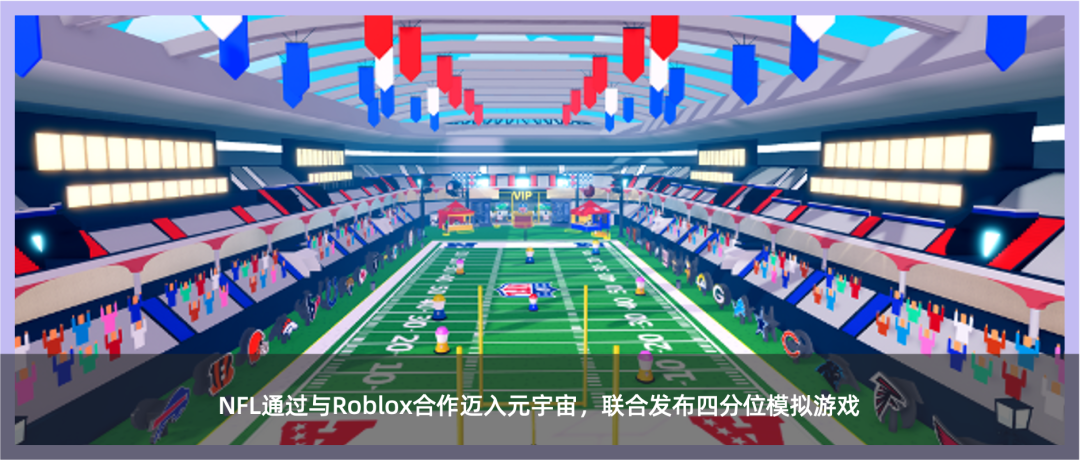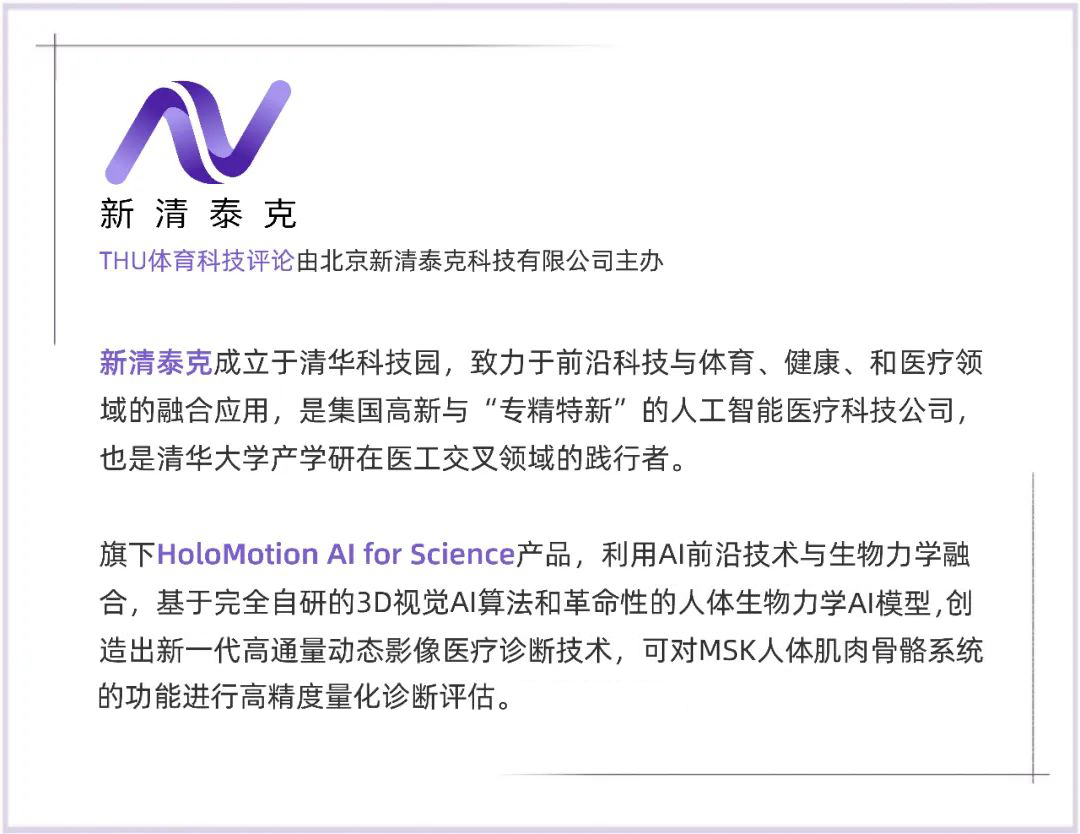Proteus Motion is a unique 3D resistance training device, primarily composed of a rotating base and a retractable metal arm. Users grasp the handle on the metal arm and perform training movements while overcoming the magnetic resistance applied by the arm across multiple planes of motion, thus engaging in strength-speed training. Proteus Motion not only offers virtually unlimited training methods through 3D resistance training, creating new assessment tests like the Cressey Power Test, but it also collects detailed data on every movement executed during training. With millions of assessments and training sessions accumulating data, Proteus Motion’s machine learning algorithms have analyzed over a million data points to generate strength-speed curves and standards for different athletes; its software system can analyze users’ training data and compare it with similar users based on age, gender, and sport, providing targeted training recommendations.
 Proteus Motion provides a comprehensive 3D strength database
Proteus Motion provides a comprehensive 3D strength database
The exercise equipment developed by Proteus Motion has created a new category in fitness: 3D resistance training. This device features a rotating base equipped with a retractable metal arm. Users grasp its handle while overcoming magnetic resistance across multiple planes of motion, allowing for virtually unlimited training.
Despite the fitness industry emphasizing the importance of core (the central part of the human body, including the area between the shoulder joints and hip joints, formed by the waist, pelvis, and hip joints, containing 29 muscles) and rotational strength, and a deeper understanding of force generation and functional training, how to properly assess athletes remains a significant challenge. Therefore, unidimensional exercises like squats and bench presses continue to be key indicators in professional sports league evaluations.
However, with the accumulation of millions of assessments and training sessions, along with improvements in the software interface, Proteus Motion has now introduced another paradigm shift in strength training.
Proteus CEO Sam Miller stated, “This is the world’s first and only 3D strength database.“
They have created a standardized dataset that can improve the quality of training. Proteus has invested heavily in software development and machine learning, adding analysis and recommendation options to the software panel, comparing users with their peers—such as female golfers in their thirties and forties—and providing corresponding training suggestions to address their weaknesses.
This is important because the vast majority of human movement is multi-planar and rotational. Miller said, “Believe it or not, walking is also a rotational movement—alternating feet move forward while the body rotates around the spine, and this pattern becomes more pronounced when running.”

“Cressey Power Test” is one of the most popular and informative assessment projects, taking about 5 minutes, named after its designer Eric Cressey, who is an investor and advisor for Proteus and the Director of Player Health and Performance for the New York Yankees. He also owns and operates two private training facilities: one in Massachusetts and one in Florida, where dozens of MLB players train. Two starting players from the MLB World Series Game 6—Justin Verlander of the Astros and Noah Syndergaard of the Phillies—regularly use Proteus training equipment at Cressey’s gym; Yankees outfielder Giancarlo Stanton and Tigers first baseman Miguel Cabrera also frequently use this equipment at other training centers.
Cressey was captivated by the product when he first saw a demo video years ago, stating, “It’s a bit like a rotational force plate. You not only understand the overall strength output but also how to truly achieve it. As soon as I got my hands on it, I saw a lot of possibilities.”
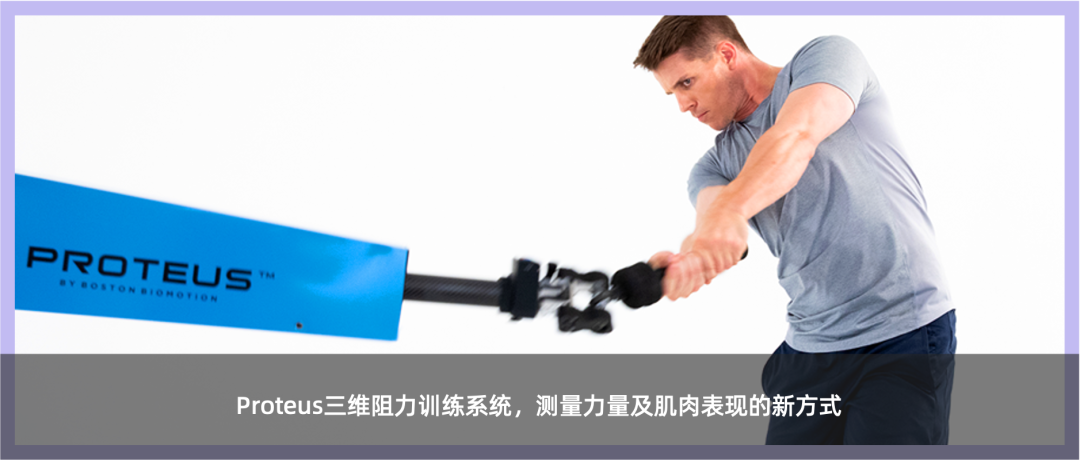
The company started near Long Island City in Queens and has now grown significantly, with its current headquarters in Williamsburg, Brooklyn, and production managed by a partner in North Dallas. Miller introduced the latest developments to colleagues in the conference room of the new headquarters. Proteus was originally named Boston Biomotion, inspired by an early concept designed by Miller’s father, Larry, who was a visiting scientist at MIT. It attracted investments from the late NBA former president David Stern, Harris Blitzer Sports and Entertainment, Acies Investment, Special Surgery Hospital, Baseball Hall of Fame member Dave Winfield, professional golfer Bryson DeChambeau, and NBA star Blake Griffin. The last round of financing was an A round in July, totaling up to $8.5 million.
Proteus has recorded 52,360 movements completed by men aged 20 to 30 in 616 Cressey Power Tests, analyzing over a million data points to generate strength-speed curves and visual effects of the ranges athletes fall into. The best athletes perfectly combine strength and speed, but only 10% achieve a precise balance of these two attributes. The rest are lagging in strength (56%), intensity (11%), or speed (23%).
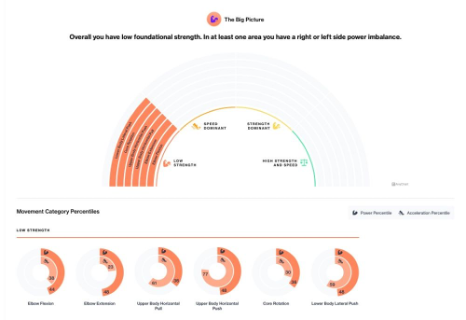
“In the training and fitness field, there are some long-standing assumptions, such as athletes experiencing too much high-load training and lacking sufficient low-load and speed training. But these remain speculative,” Miller said. “We have answered some of these questions, which is significant. But the key is that there is still no accurate and practical method to quickly assess an athlete’s overall strength and speed. To maximize athletic potential, you need to be both strong and fast.”
This new dataset is creating unprecedented benchmarks for athletes, expected to become an ideal standard for younger users, and even serve as a warning for some elite athletes.
Cressey said, “Some players are starting to honestly confront their issues, realizing they lack targeted training and have not reached a critical threshold. We hope that those playing college baseball or in professional leagues can meet these benchmarks.”
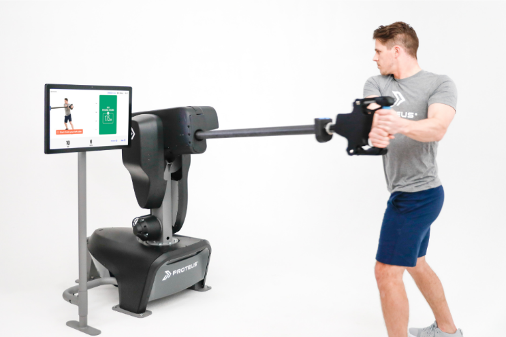 Proteus 3D resistance devices provide continuous resistance in any direction for each training movement
Proteus 3D resistance devices provide continuous resistance in any direction for each training movement
In a rotational test with the Proteus resistance device, the system indicated an asymmetry in a golfer’s movement, who was in the rehabilitation phase of a trapezius injury. Cressey noted that a 10% imbalance is acceptable for such athletes, but this golfer’s imbalance was still as high as 16%. The player had been cleared to return to the field, but in Cressey’s view, it was still too early for a comeback. Another use case featured in Men’s Health magazine: Portland Trail Blazers star Damian Lillard used this machine during his core injury rehabilitation. This is also a noteworthy example of Proteus guiding rehabilitation. Lillard’s trainer, along with Patrick Mahomes’ fitness coach and several professional golfers, are members of the Proteus training advisory board.
Sometimes, this data also validates certain viewpoints. Cressey provided another example: a young player serving as a pitcher in the major leagues pitched nearly 200 innings for the first time in his career. Last fall, he underwent a test on the 3D resistance device, and this fall, he did another. During the grueling schedule of 162 MLB games, players typically experience some fatigue because they participate in high-level competitions while also undergoing equally rigorous training and traveling extensively over six months, which is very challenging. However, in a data input test this fall, his strength-speed curve was similar to last year’s, just shifted slightly to the right, indicating that the player’s curve values were larger, and his care for his body during the season was exemplary.
Proteus remains a B2B company, providing equipment to teams, sports facilities, and physical therapy centers. Miller revealed that the most common users are high school baseball players; the user age range spans from 13 to 90 years old. Although the software automatically generates training plans and recommends them to users, Miller stated that the company prefers the machine to be used under the supervision of trainers. It can be used for both testing and training, but it is not intended to be a panacea in the fitness field.
“We want to ensure users can do everything on the 3D resistance device, but our true positioning is still as a training product—this is a very powerful tool in the resistance training process from a training perspective,” Miller said. “We know that experienced athletic trainers will not solely focus on this product at the expense of other equipment. We do not recommend doing that ourselves.”
Recently, the software system of this device underwent an update, primarily simplifying the demonstration effects and providing more actionable information, thus creating “the most personalized training analysis and recommendations in history.” Miller stated that given the exponentially expanding scenarios presented by 3D training, this is a must-have product for coaches.
Miller said, “When you break down the upper body, lower body, sagittal plane (the anatomical plane that divides the body into left and right parts), or core, all these numbers change. Think about how many variations there are. With so many variables, how can coaches or trainers create personalized training plans for athletes? And that is the value of this product.” 

Disclaimer: This article is a translation by Joe Lemire for THU Sports Technology Review, translated from Chinese by Pan Zhilin. Unauthorized reproduction is prohibited.




